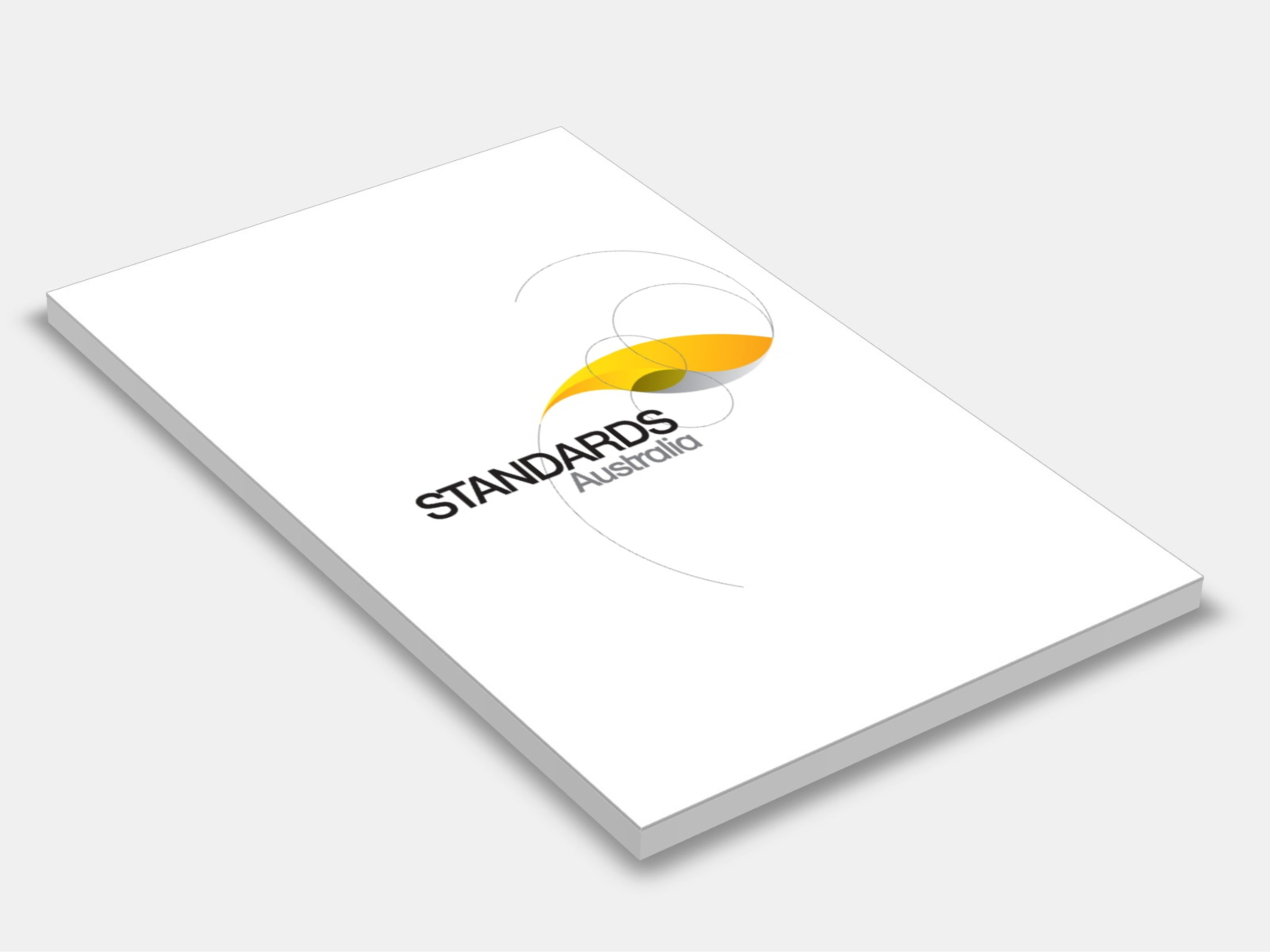
Type
Publisher
Standards Australia
Publisher
Standards Australia
Version:
First Edition 1991.
(Current)
Short Description
Specifies requirements for rectangular and circular UPVC downpipes and fittings used for rainwater disposal.
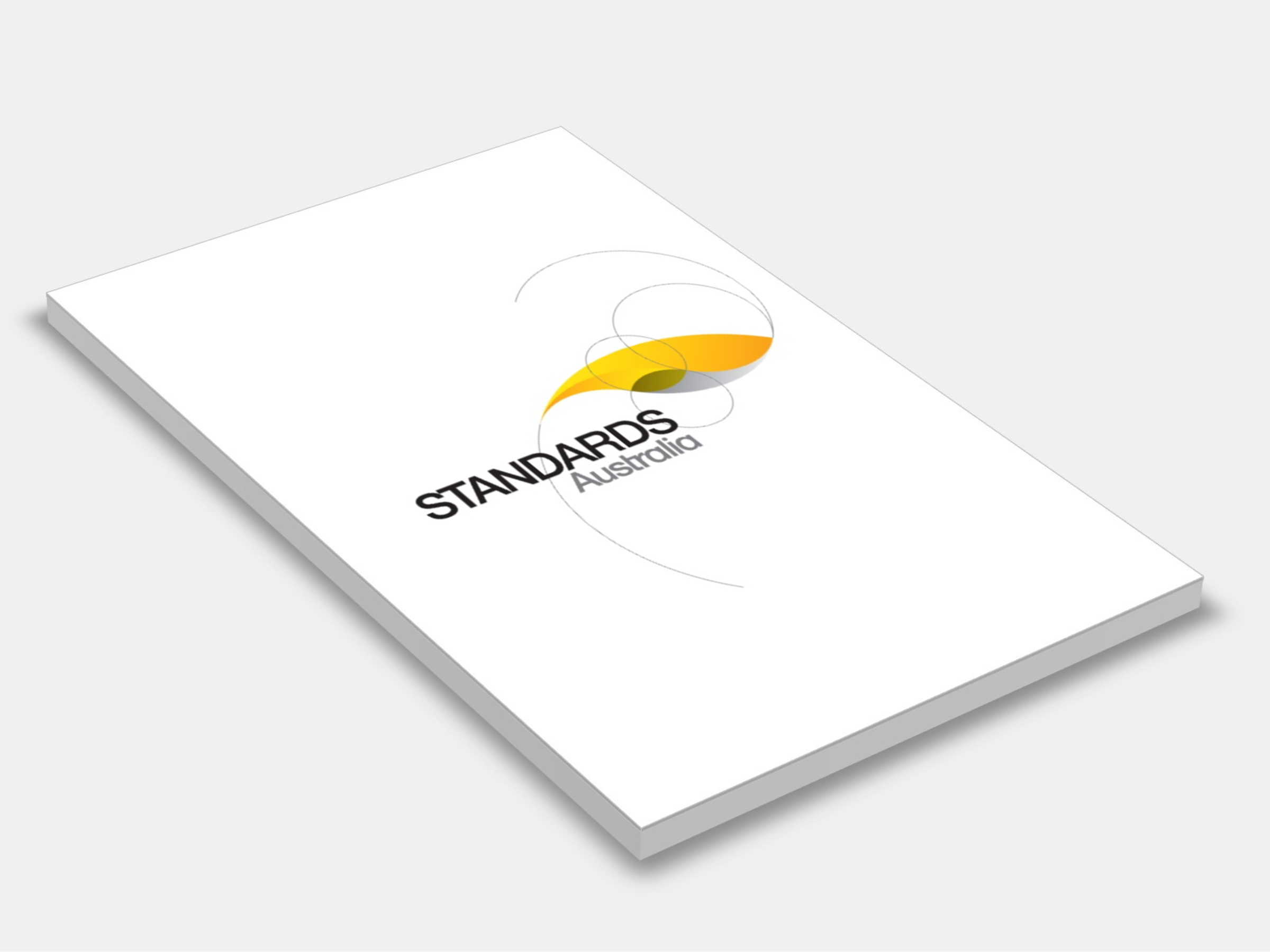
Type
Publisher
Standards Australia
Publisher
Standards Australia
Version:
Second Edition 2012.
(Pending Revision)
Short Description
Specifies requirements for the design, installation and acceptance testing (commissioning) of automatic fire sprinkler systems in accommodation buildings not more than four storeys.
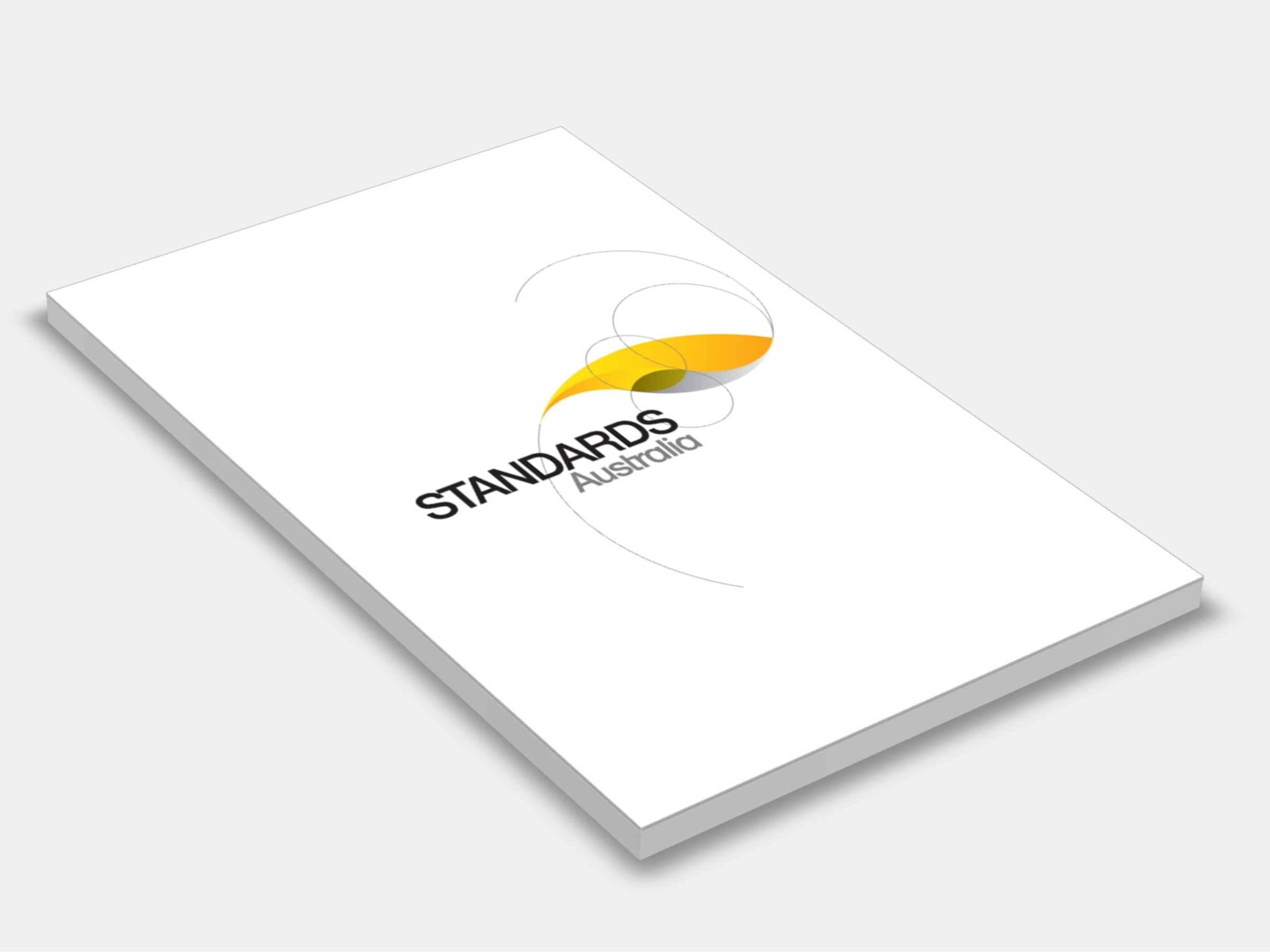
Type
Publisher
Standards Australia
Publisher
Standards Australia
Version:
Second Edition 2001.
(Current)

Type
Publisher
Standards Australia
Publisher
Standards Australia
Version:
Second Edition 2015.
(Current)
Short Description
Specifies requirements for the design and specification of masonry in buildings of Class 1 and Class 10a, as defined in the National Construction Code (NCC), and constructed from clay, concrete, or calcium silicate masonry units.
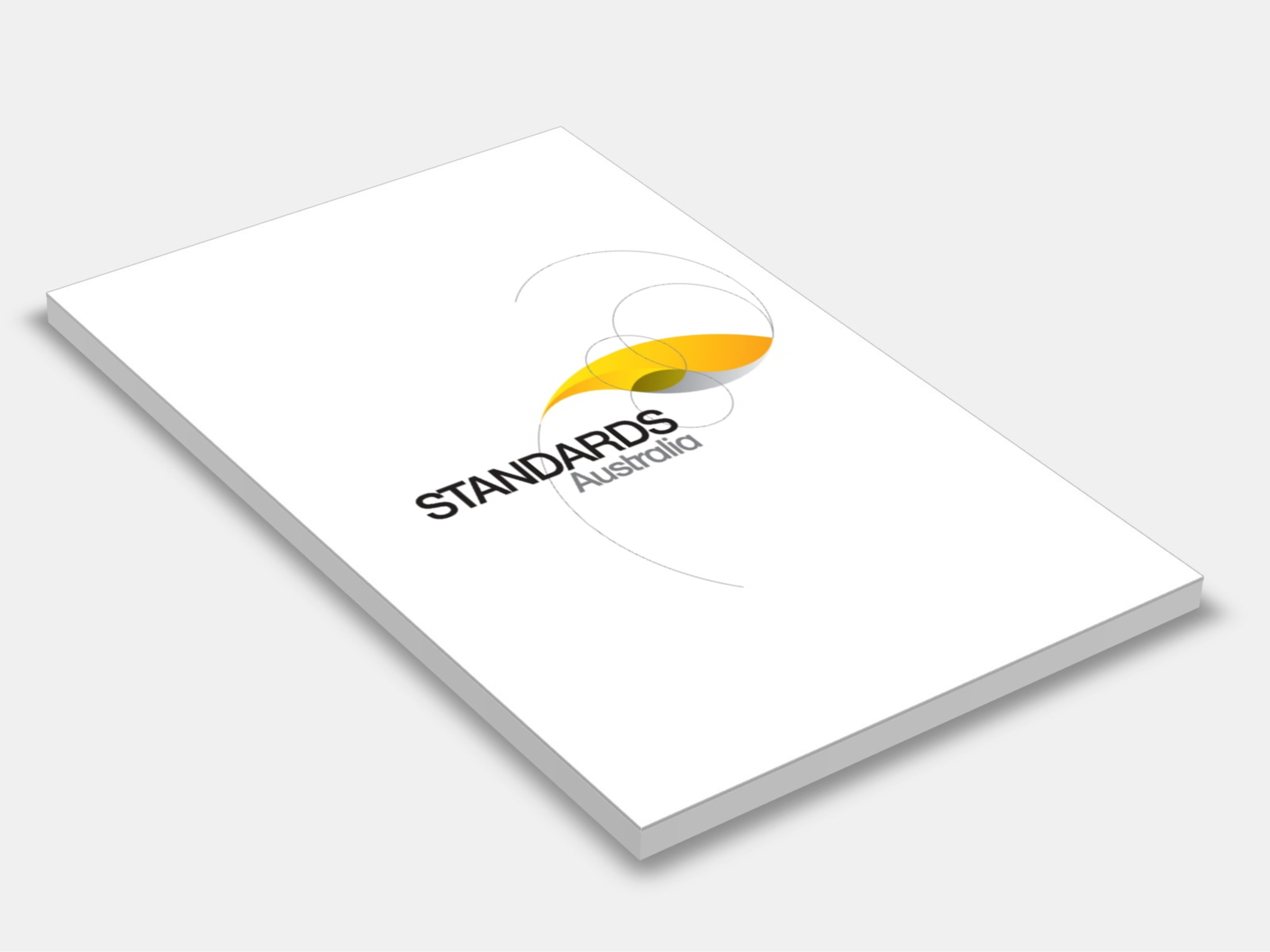
Type
Publisher
Standards Australia
Publisher
Standards Australia
Version:
Fourth Edition 2018.
(Current)
Short Description
Sets out requirement for the design, installation and commissioning of fire detection and alarm systems comprising components conforming to the requirements of the appropriate component Standards.
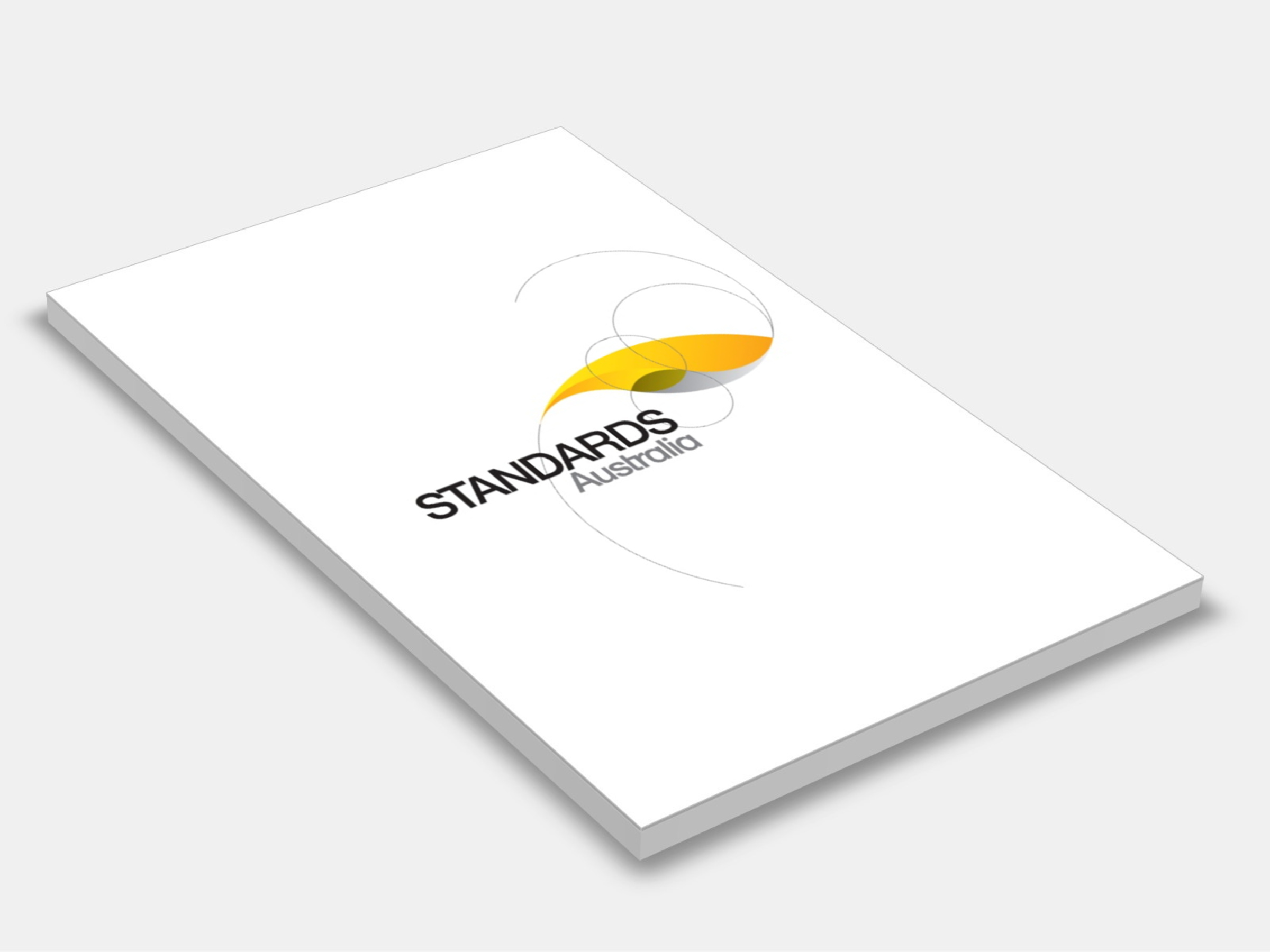
Type
Publisher
Standards Australia
Publisher
Standards Australia
Version:
Fourth Edition 2018.
(Current)
Short Description
Specifies the requirements for fire alarm monitoring systems between the monitored fire detection and alarm system and the fire dispatch centre and includes requirements for the monitoring equipment.
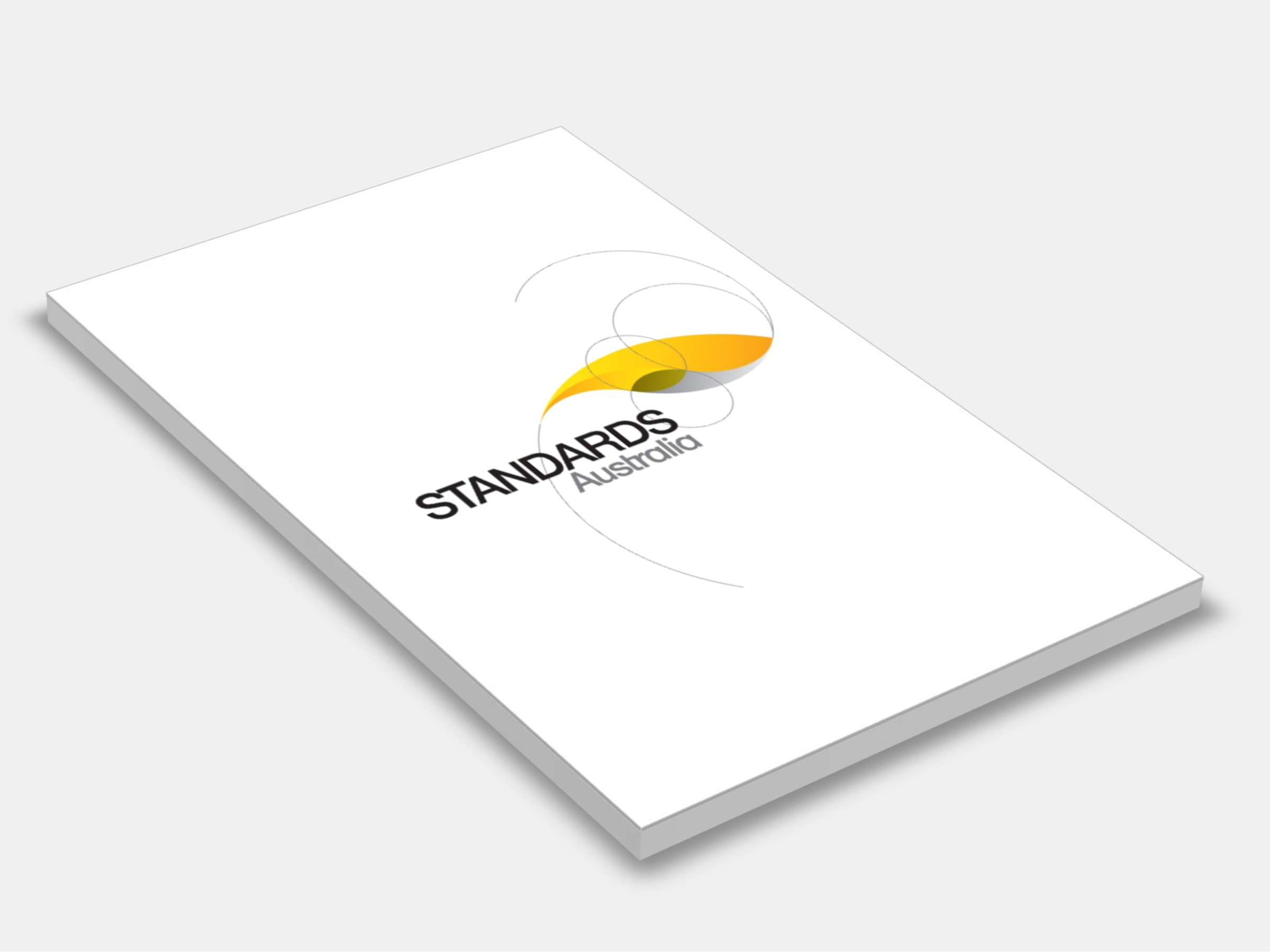
Type
Publisher
Standards Australia
Publisher
Standards Australia
Version:
Third Edition 2018.
(Current)
Short Description
Specifies the design, installation and commissioning requirements for emergency warning systems and emergency intercom systems used in buildings for the evacuation of building occupants in the event of a fire or other type of emergency.
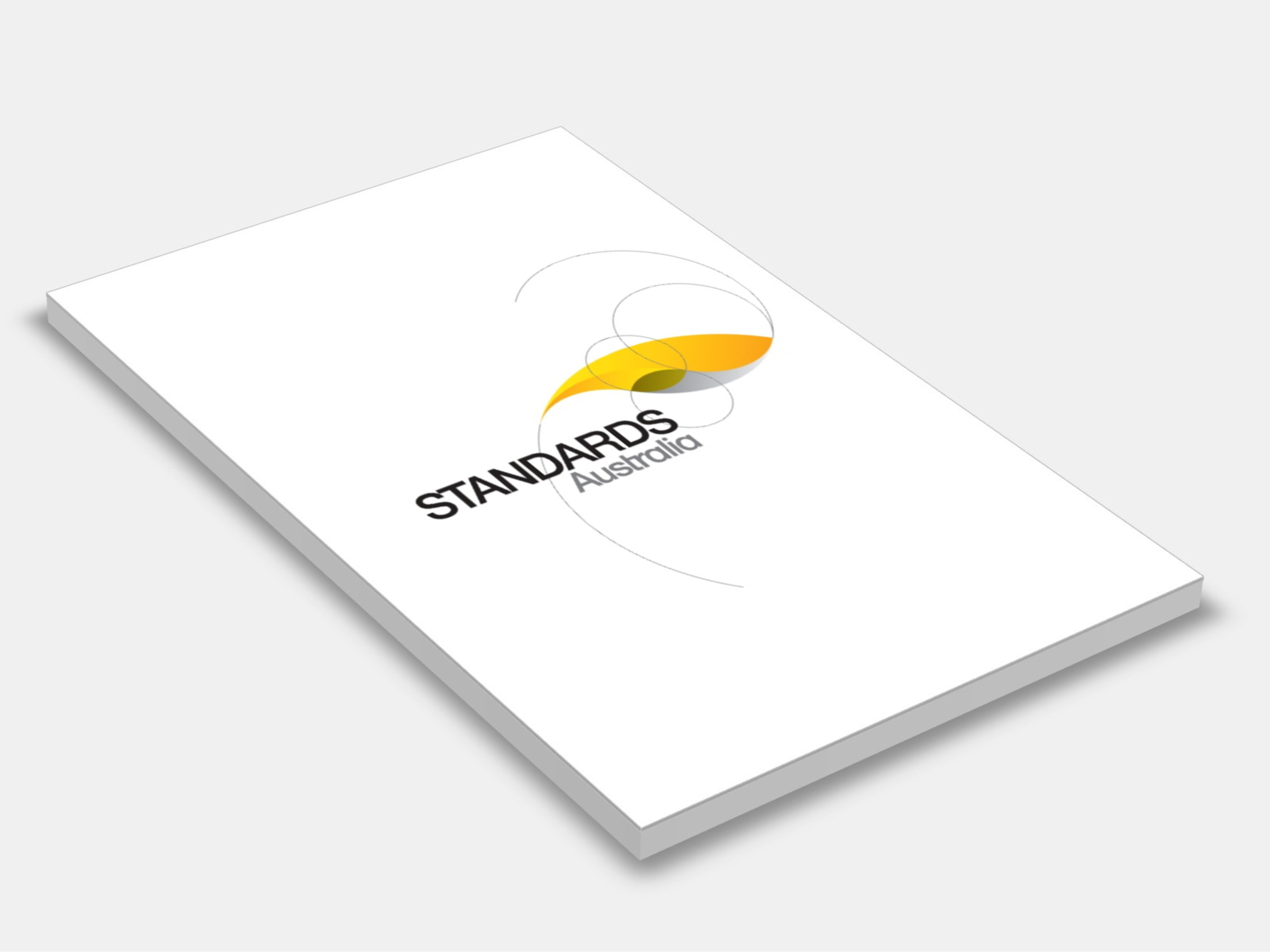
Type
Publisher
Standards Australia/Standards New Zealand
Publisher
Standards Australia/Standards New Zealand
Version:
First Edition 1999.
(Current)
Short Description
Describes a single test method for grading building materials on the basis of ignition tendency, flame spread, heat development and tendency to produce smoke.

Type
Publisher
Standards Australia/Standards New Zealand
Publisher
Standards Australia/Standards New Zealand
Version:
First Edition 1997.
(Current)
Short Description
Specifies requirements for the design of aluminium alloy load-carrying members using the allowable stress design criteria (ASD).
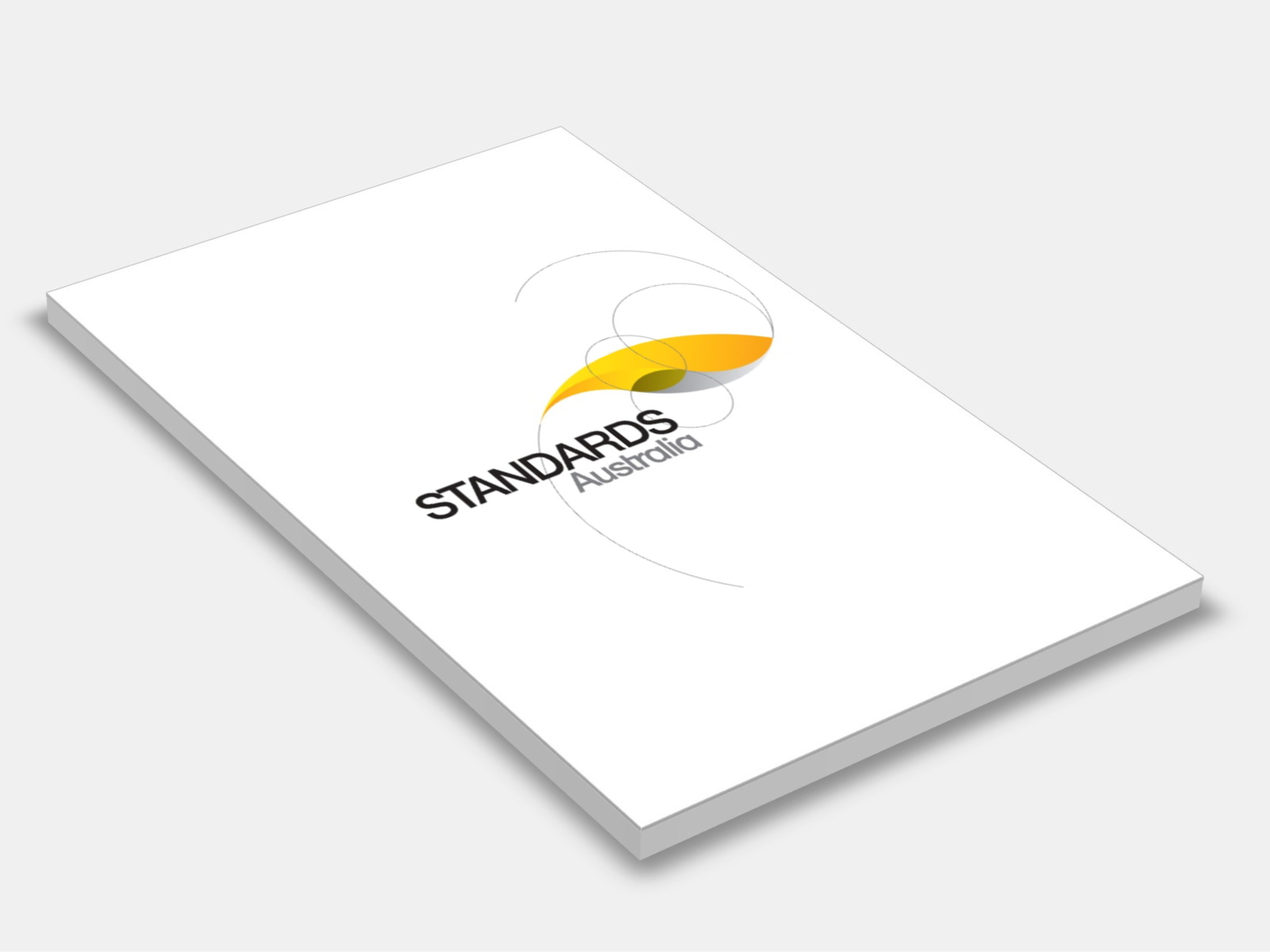
Type
Publisher
Standards Australia/Standards New Zealand
Publisher
Standards Australia/Standards New Zealand
Version:
Second Edition 2008.
(Current)
Short Description
AS/NZS 1546.2 aims to: 1. Provide a set of performance statements that form a base against which any waterless composting toilet, conventional or innovative, may be assessed. 2. Provide manufacturers of waterless composting toilets with a performance evaluation test that will confirm the conditions under which it will function best (this will enable certification bodies to check that a product conforms to the Standard). 3. Ensure that the operation and maintenance of a waterless composting toilet is done in a safe manner that meets basic health requirements given that it involves the removal of composted or partially composted material.